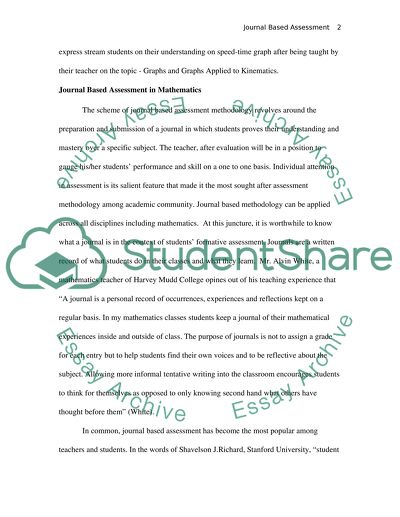Cite this document
(“Designing, implementing, and analyzing an alternative assessment Essay”, n.d.)
Designing, implementing, and analyzing an alternative assessment Essay. Retrieved from https://studentshare.org/miscellaneous/1534215-designing-implementing-and-analyzing-an-alternative-assessment
Designing, implementing, and analyzing an alternative assessment Essay. Retrieved from https://studentshare.org/miscellaneous/1534215-designing-implementing-and-analyzing-an-alternative-assessment
(Designing, Implementing, and Analyzing an Alternative Assessment Essay)
Designing, Implementing, and Analyzing an Alternative Assessment Essay. https://studentshare.org/miscellaneous/1534215-designing-implementing-and-analyzing-an-alternative-assessment.
Designing, Implementing, and Analyzing an Alternative Assessment Essay. https://studentshare.org/miscellaneous/1534215-designing-implementing-and-analyzing-an-alternative-assessment.
“Designing, Implementing, and Analyzing an Alternative Assessment Essay”, n.d. https://studentshare.org/miscellaneous/1534215-designing-implementing-and-analyzing-an-alternative-assessment.


